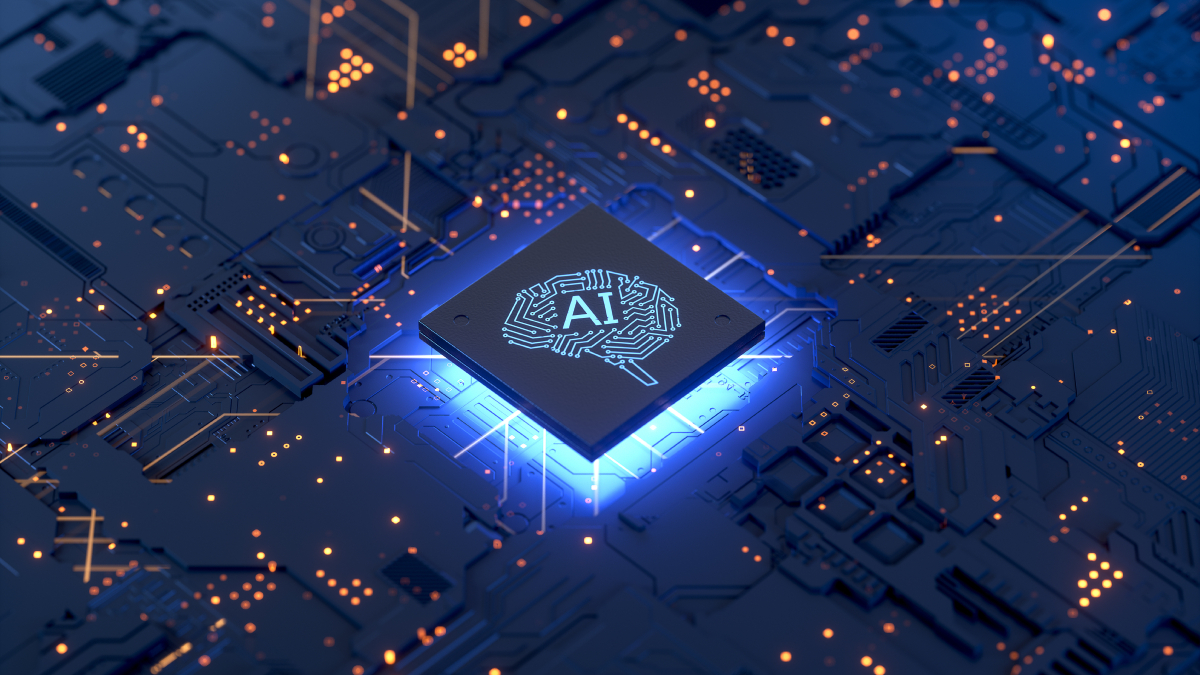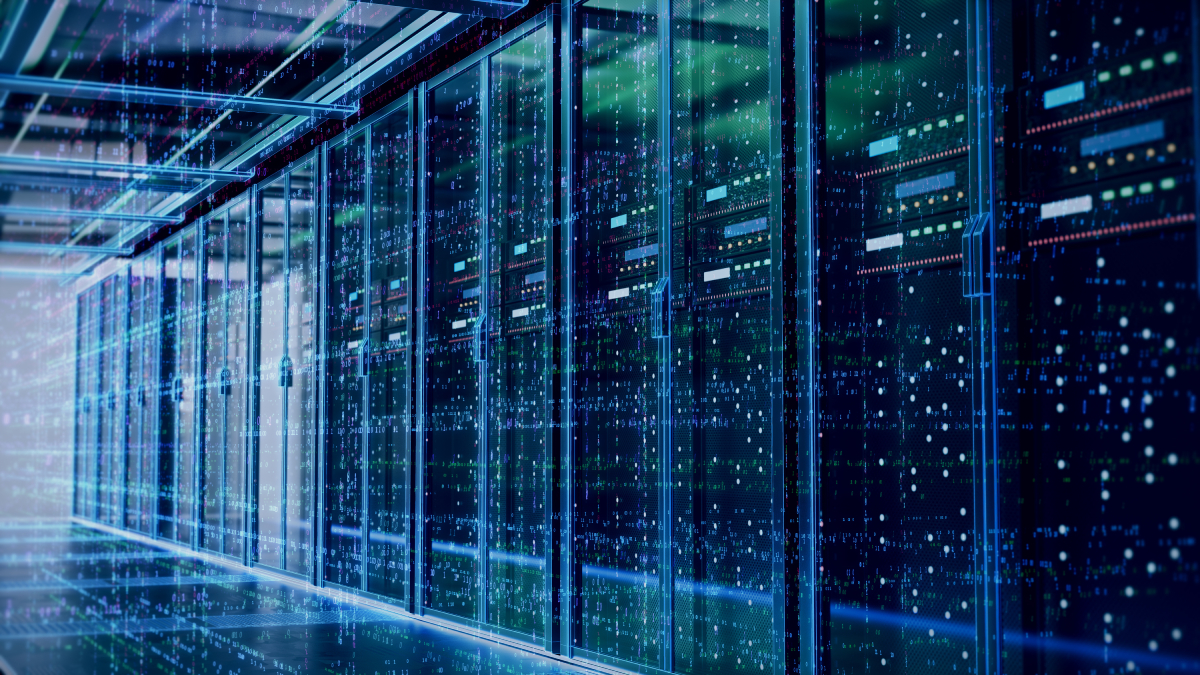Digital business services of the future will focus strongly on the demand to instantly react to real-time events, and on being able to adjust tasks and resources right when those events take place to enable uninterrupted delivery of services online.
To drive revenue, these businesses will have to adopt a rapid approach to automating and orchestrating resources in real time.
The future belongs to virtual data centres
Digital businesses of the future will need to embrace virtual data centres (DCs) while taking into account the complexities and high costs involved in managing them. This may drive businesses to completely outsource and migrate DC services to cloud providers or colocation companies that leverage distributed, hybrid, and edge cloud deployments to deliver infrastructure services with guaranteed security, cost-effectiveness, and high uptime. On the other hand, these cloud providers will move towards lights-out DCs that are in remote locations and managed through automation. This transition greatly benefits the providers in terms of costs, reducing human-prone accidents, and improving security and energy efficiency.
Traditional data centre infrastructure management (DCIM) solutions today perform core infrastructure maintenance by developing models based on a predetermined, static, and homogeneous representation of self-contained DC infrastructures. For this reason, these DCIM solutions deploy predetermined logic or rules that only cover event-based, predictive maintenance for DCs. This means that external agents often have to intervene, judge, and take over infrastructure management, depriving DCs of complete autonomous operation.
Because of the unprecedented resource fluctuations that come with real-time services, there haven’t been rules capable of real-time troubleshooting, asset management, or climate management developed yet. But it goes beyond just developing rules – for these resource fluctuations to be dealt with autonomously, it would involve training and imparting AI models with real-time knowledge that takes into account both the present state of the concerned resources and the entire history of them.
Therefore, these real-time business services need DCIM solutions to tightly integrate with autopoietic and cognitive intelligence modules that can not only virtually move resources in and out of the infrastructure, but also help DCs self-monitor and self-manage resources and processes without any noticeable instability or downtime.
Coupling next-gen DCIM solutions with autopoietic and cognitive intelligence
According to a paper by Rao Mikkilineni and Mark Burgin, an autopoietic system is a self-organised system that can reproduce, regenerate, and maintain itself through the production, transformation, and destruction of its components and the networks of processes downstream contained in it.
The system’s cognitive modules observe, process, and regulate tasks by detecting patterns, internal and external changes, and fluctuations from its knowledge base, which includes information on resources, records of time, a history of instances, and best practices to mitigate risks that stop resources from fulfilling their desired functions. Autopoietic systems are built based on triadic automata (machines) that transform hardware (memory or processors), infware (data or knowledge), or software (instructions or programs).
Another paper by Mikkilineni and Giovanni Morana says that by deploying AI, the neural networks of deep learning models are augmented in association with deep knowledge, deep memory, deep reasoning, and proactive and predictive modelling. These autopoietic models mimic human intelligence by deploying super-recursive and re-composable neural subnetworks. The design of autopoietic machines is accomplished by building a network of knowledge nodes that build, reconfigure, or destroy information-sharing links between them based on the behavioural changes in the system.
Each knowledge node comprises of hardware, software, and infware. Infware specialises each knowledge node by storing the knowledge that helps in discovering, configuring, executing, monitoring, and managing downstream components based on the node-level objectives, and it also manages the state evolution of each node. At the apex level, there are control-level nodes that control and monitor a set of downstream autopoietic subnetworks based on system-level objectives. The apex node contains the workloads of on-demand applications; this, along with complete knowledge of the available resources from the infware, drives the knowledge network to execute various functions.
Autopoietic models deliver historical, experience-based deep reasoning and patterns of predictive behaviours sourced from a variety of knowledge resources like history and science. These resources are organised in deep ontological structures specific to the domain and memory, which captures accurate time stamps and histories associated with each instance in the infrastructure. In case any new event emerges, an automatic transition from the current state to a future state is implemented based on both the current state and on the transaction history and rules associated with the state of a specific resource in the DC infrastructure.
With these AI models, the deep reasoning derived from deep knowledge can help deduce causal inferences between single or multiple composite events that occur across the DC infrastructure based on past historical data. This reflects the sentient aspect of human intelligence that relies on personal, historical experience to arrive at a decision. With such training, AI models can also proactively detect incidents earlier before they affect transactions that are already in progress.
No need for human intervention
AI-powered, next-gen DCIM solutions enable closed control loops that automatically troubleshoot and rapidly resolve issues, eliminating the need for human intervention. For instance, if a resource failure occurs, the solution automatically relocates applications to alternate servers. Rather than raising alerts or sending notifications, AI-powered DCIM solutions trigger automated workflows that instantly remediate incidents, which promotes self-resilience across the infrastructure.
For lights-out DCs to work, SaaS-based DCIM solutions must be able to remotely manage them without human intervention; this means they must be equipped with robust AIOps tools that can manage the future dynamic DC infrastructure. The solutions have to bidirectionally integrate with infrastructure facilities, IT, business processes, applications, and other DCIM solutions through sophisticated, web-based REST APIs that take in and send out data from DCs around the globe. To discard operational and data silos, next-gen DCIM solutions should become a connective platform that bridges all the disparate systems with narrow functionalities that don’t easily operate with each other.
AI-powered DCIM solutions impart resilient, efficient, sentient, and intelligent behaviours to the DC infrastructure system as a whole. Empowered with the complete knowledge of workload resource requirements and their availability, these solutions can transparently map multiple, autonomous DCs into a single, federated DC. The constituents of these federated DCs may be located anywhere in the globe and stay interconnected via the internet to form a geographically decentralised, IaaS-agnostic, PaaS-agnostic, cloud-agnostic, federated network of DCs.
Such DCIM solutions enable real-time digital business services to establish consistent global behaviour even in the face of unprecedented fluctuations by utilising high reliability, performance, security, and regulatory compliance to propel instant communication, collaboration, and commerce on a global scale.
Previously, lights-out DCs were only deployed to serve as a passive backup for primary DCs. A lack of resources like dedicated, qualified personnel and physical space, as well as the need for energy conservation, has pushed DCs towards remote locations – including deep sea floors. It’s high time we start to lay foundations for lights-out, autopoietic data centres by integrating essential AI and ML capabilities into DCIM solutions. It may sound ambitious today, but they could become the solutions in demand tomorrow.




